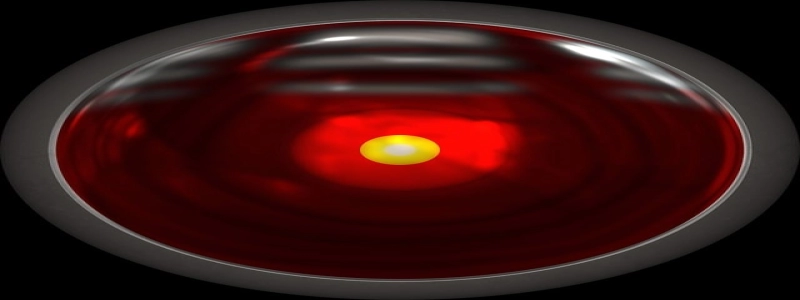Wavelength Calculator: A Useful Tool for Precise Measurements
Introduction:
In the field of physics and engineering, precise measurements are of utmost importance. The accurate determination of wavelengths is crucial in various applications such as spectroscopy, optical communications, and wave optics. To simplify and streamline this process, scientists and researchers have developed a wavelength calculator tool. This article aims to provide a comprehensive understanding of the wavelength calculator, its features, and its significance in the scientific community.
I. What is a Wavelength Calculator?
A. Definition
A wavelength calculator is a tool used to determine the length of a single cycle of a wave. It calculates the distance between successive crests or troughs of a wave and expresses it in units such as meters (m), nanometers (nm), or angstroms (?). It is based on the fundamental equation: wavelength = speed of light / frequency.
B. Functionality
The wavelength calculator takes input values of frequency or speed of light and automatically calculates the corresponding wavelength. It provides accurate and instantaneous results, saving researchers valuable time in manual calculations and potential errors.
II. Features of a Wavelength Calculator
A. Multiple Units Conversion
Wavelength calculators offer the flexibility to convert between different units of measurement. Users can switch between meters, micrometers, nanometers, and angstroms based on their specific requirements.
B. Customizable Frequency Inputs
These calculators allow users to input customized frequency values. Whether it is Hz, kHz, MHz, or even GHz, the wavelength calculator can handle a wide range of frequencies.
C. Precise Speed of Light Value
Wavelength calculators are equipped with highly accurate speed of light values, facilitating precise measurements. The speed of light is a fundamental constant, having a defined value of approximately 299,792,458 meters per second.
III. Significance in Scientific Research
A. Spectroscopy
Wavelength calculators play a vital role in spectroscopy, where the identification and analysis of elements or molecules rely on their characteristic spectral lines. Precise measurement of these wavelengths allows researchers to accurately differentiate between different substances, enabling advancements in fields such as chemistry, material science, and astronomy.
B. Optical Communications
In optical communications, the transmission of data relies on the precise handling of light wavelengths. Wavelength calculators aid in determining the optimal wavelengths for efficient signal transmission and reception in fiber optic communication systems. This ensures high data transfer rates and minimal interference, contributing to the advancement of telecommunications technology.
C. Wave Optics
Wave optics deals with the behavior of light as it interacts with different mediums and structures. Precise measurements of wavelengths are crucial in studying phenomena such as interference, diffraction, and polarization. Wavelength calculators allow researchers to accurately analyze and predict these behaviors, leading to the development of advanced optical devices and systems.
Conclusion:
Wavelength calculators have become indispensable tools in the scientific community, allowing researchers to accurately calculate the lengths of waves for various applications. Their multiple units conversion, customizable inputs, and accurate speed of light values make them highly efficient and reliable. As technology advances, wavelength calculators will continue to play a pivotal role in scientific research, contributing to breakthroughs in numerous fields.








